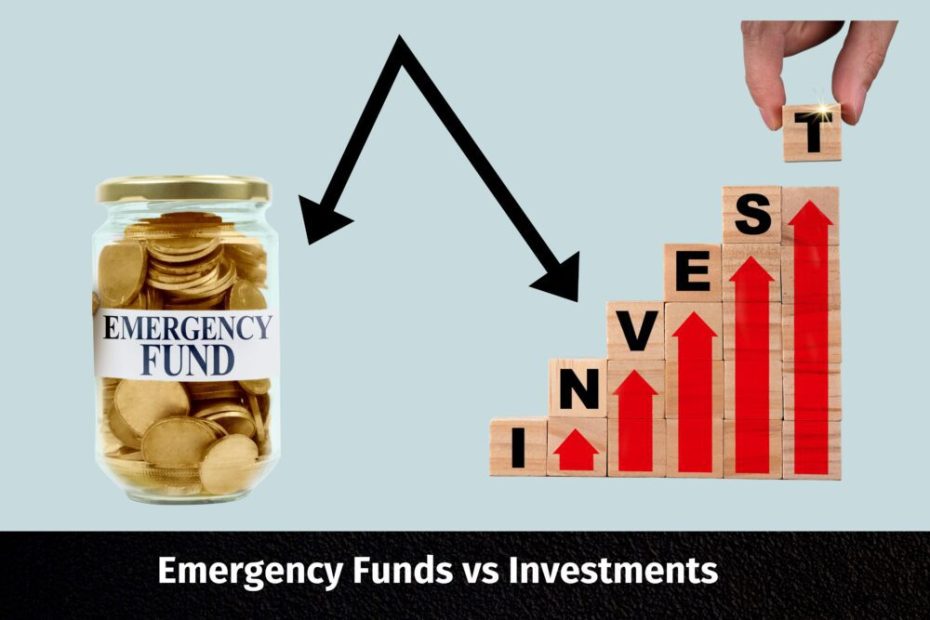Managing your money well isn’t just about investing for the future or paying off debt—it’s also about being prepared for life’s surprises. An emergency fund is the financial cushion that keeps you from falling when unexpected expenses hit. Whether it’s a sudden job loss, a medical bill, or a broken car transmission, having savings set aside ensures you don’t have to rely on credit cards or high-interest loans to get through tough times.
Here’s a complete guide to understanding why an emergency fund matters and how to build one effectively.
1. Understand the Purpose of an Emergency Fund
An emergency fund is not for vacations, shopping sprees, or planned expenses—it’s for urgent, unplanned costs. Think of it as a safety net that protects you from financial free fall. It helps you cover:
- Sudden job loss or reduced income
- Medical emergencies
- Unexpected home or car repairs
- Family emergencies or travel on short notice
2. Know How Much You Should Save
Most financial advisors recommend three to six months of living expenses.
- If your job is stable and you have multiple income sources, three months might be enough.
- If your income is unpredictable or you have dependents, aim for six months or more.
3. Start Small if Needed
If saving months’ worth of expenses feels overwhelming, start with a small, achievable goal—such as $500 or $1,000. This amount is enough to handle many minor emergencies, and it will give you the confidence to keep building.
4. Open a Separate Savings Account
Keep your emergency fund separate from your regular checking account.
- High-Yield Savings Accounts (HYSA): These accounts offer higher interest rates, helping your savings grow while remaining accessible.
- Avoid locking it in investments that may lose value, like stocks, since you need immediate access during emergencies.
5. Automate Your Savings
Set up an automatic transfer from your paycheck or checking account into your emergency savings every month. Even a small recurring transfer builds up over time and removes the temptation to skip saving.
6. Reduce Unnecessary Expenses to Boost Savings
Cut back on non-essential spending temporarily to speed up your emergency fund growth.
Examples:
- Cancel unused subscriptions
- Eat out less often
- Buy generic instead of brand-name products
7. Use Windfalls Wisely
Whenever you receive extra money—such as tax refunds, bonuses, or gifts—put a portion (or all) into your emergency fund. This accelerates your progress without affecting your monthly budget.
8. Protect It from Impulse Spending
An emergency fund only works if you use it for true emergencies. Ask yourself:
- “Is this unexpected?”
- “Is this necessary?”
- “Is this urgent?”
If the answer to all three is yes, it’s a valid use.
9. Rebuild After Using It
If you dip into your emergency fund, make replenishing it a priority. Treat it like any other monthly bill until it’s back to your target amount.
10. Review and Adjust Over Time
Your life circumstances change—marriage, kids, home ownership, or job shifts can affect how much you need. Review your emergency fund yearly and adjust your target amount accordingly.
Bottom line:
An emergency fund is not a luxury—it’s a necessity. It buys you peace of mind, keeps you financially stable during crises, and prevents you from falling into debt. Start small, stay consistent, and treat it like your financial shield against the unexpected.
